NASA's ESCAPADE mission was on the brink of a lengthy delay or possible cancellation after its rocket was not ready to send it toward Mars during its appointed launch window last year. However, thanks to the expertise of trajectory analysts in the field of astrodynamics, the mission was saved from a potentially disastrous fate. The ESCAPADE mission consists of two identical spacecraft that are set to launch aboard Blue Origin's massive New Glenn rocket as soon as Sunday, with the goal of reaching the red planet.
According to Rob Lillis, the mission's principal investigator from the University of California, Berkeley, the ESCAPADE mission is pursuing a very unusual trajectory in getting to Mars. "We are using a very flexible mission design approach where we go into a loiter orbit around Earth in order to sort of wait until Earth and Mars are lined up correctly in November of next year to go to Mars," Lillis explained. This approach was not the original plan, but it allowed the mission to take advantage of a unique opportunity to reach Mars without having to wait for the traditional Hohmann transfer windows, which occur every 25 or 26 months.
The Hohmann transfer window is a well-established method of reaching Mars, but it requires a significant amount of time and resources. By using a loiter orbit, the ESCAPADE mission can wait until the optimal time to launch and reach Mars, reducing the risk of delays and cancellations. "This approach allows us to be more flexible and take advantage of the optimal launch window," Lillis said. "It's a more complex and challenging mission, but it's also a more efficient and cost-effective one."
The ESCAPADE mission is a significant undertaking for NASA, and its success will have important implications for future Mars missions. By pushing the boundaries of what is possible in astrodynamics, the mission is helping to pave the way for future exploration of the red planet. "The ESCAPADE mission is a critical step forward in our understanding of the Martian environment and the challenges of sending spacecraft to the planet," said NASA officials.
The current status of the mission is that the two identical spacecraft are set to launch aboard the New Glenn rocket as soon as Sunday. The launch will mark the beginning of a long and complex journey to Mars, but the expertise of the trajectory analysts and the flexibility of the mission design approach have given the mission a strong chance of success. As the mission progresses, it will provide valuable insights into the Martian environment and the challenges of sending spacecraft to the planet.
In the coming months, the ESCAPADE mission will continue to provide valuable data and insights into the Martian environment. The mission will also test new technologies and approaches that will be essential for future Mars missions. As the mission progresses, it will provide a unique opportunity for scientists and engineers to learn from the challenges and successes of the mission and apply those lessons to future missions.
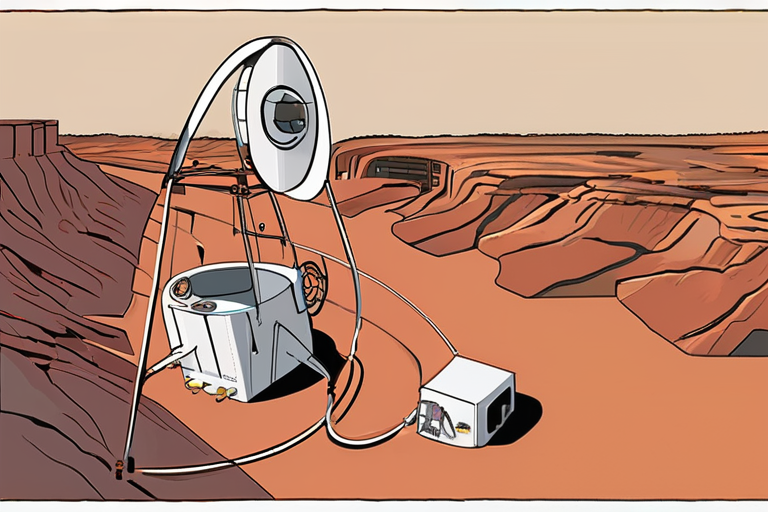




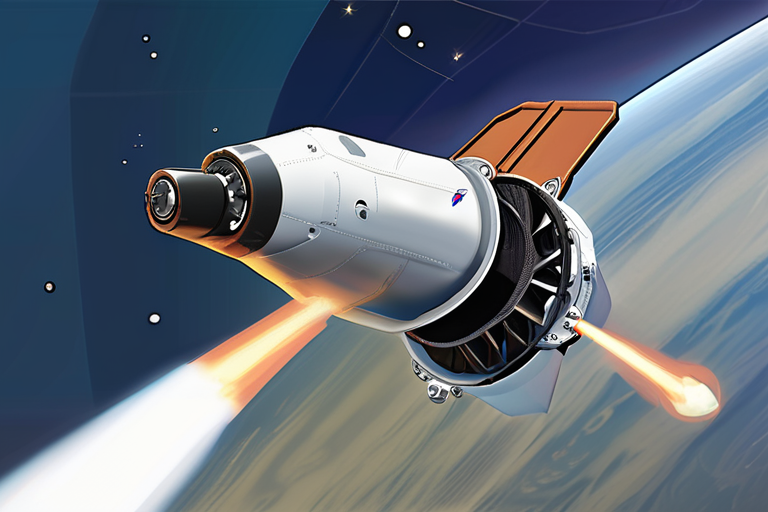
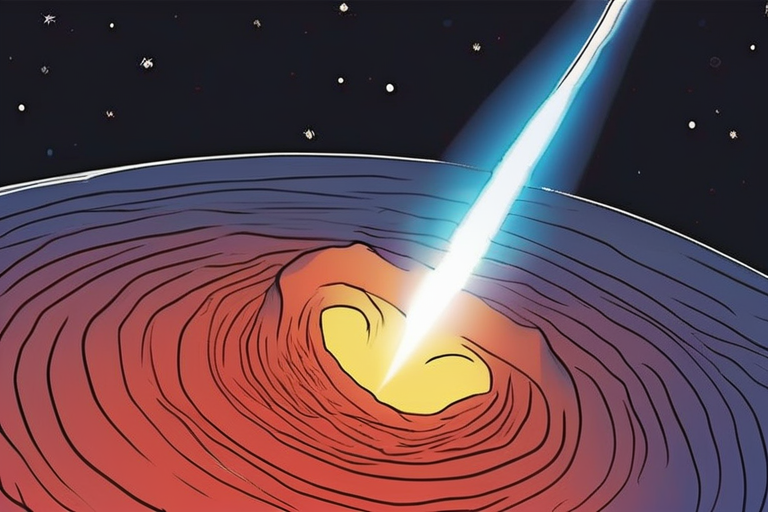





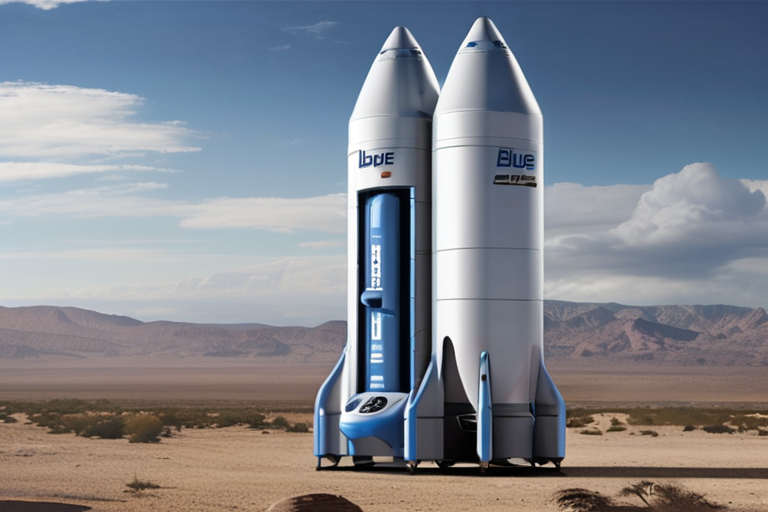

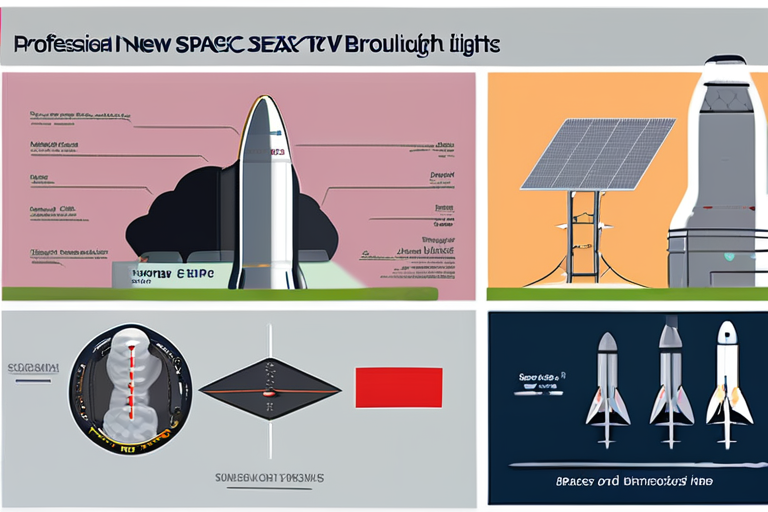
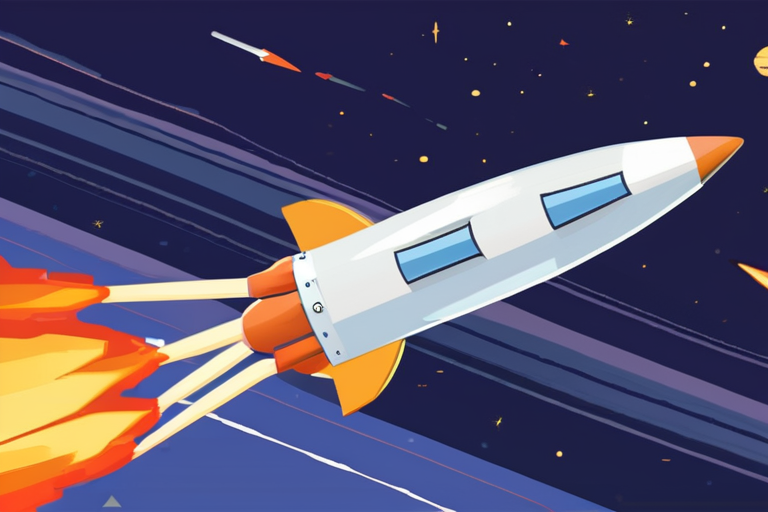
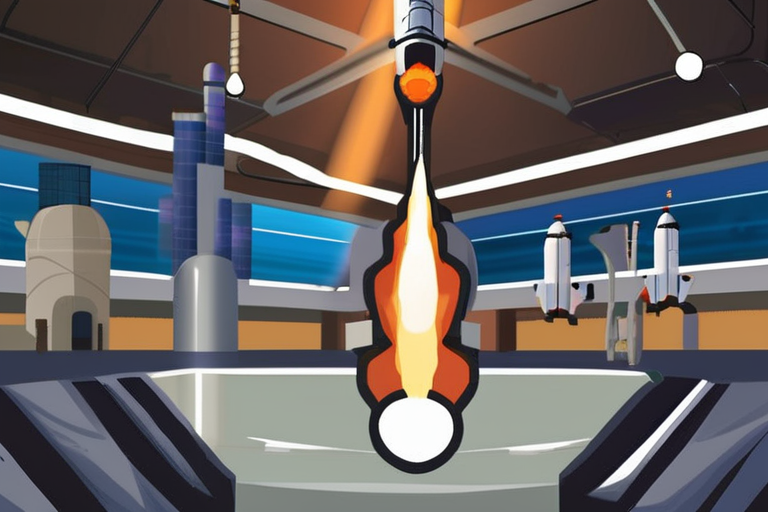

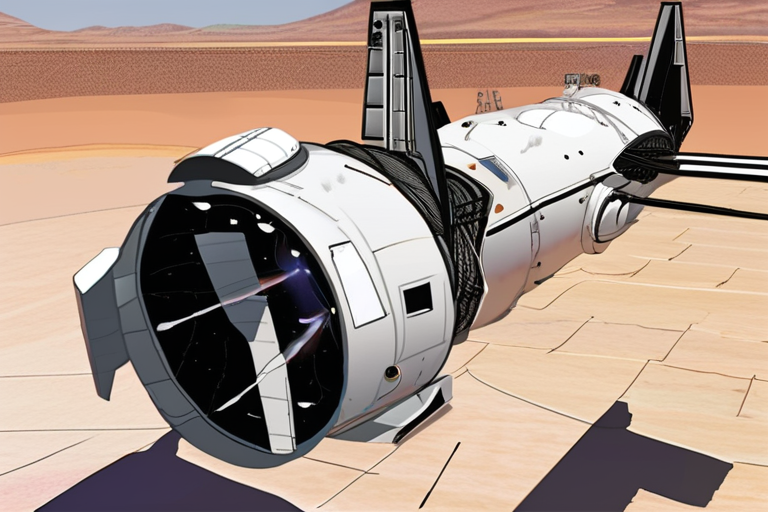
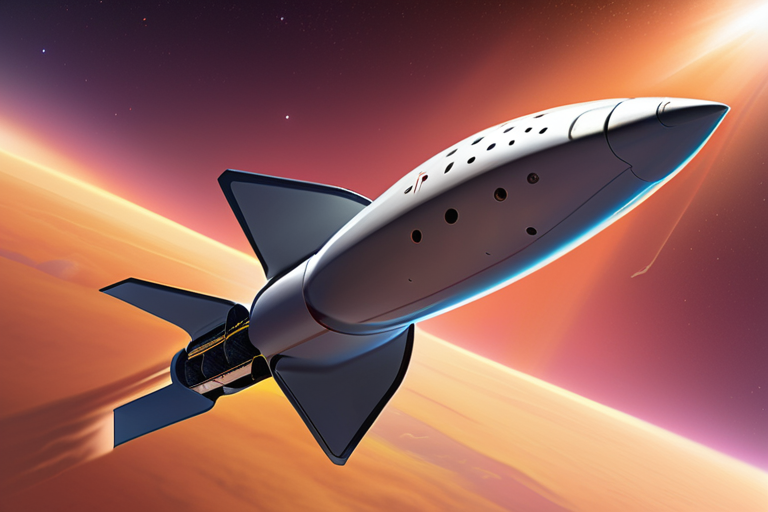
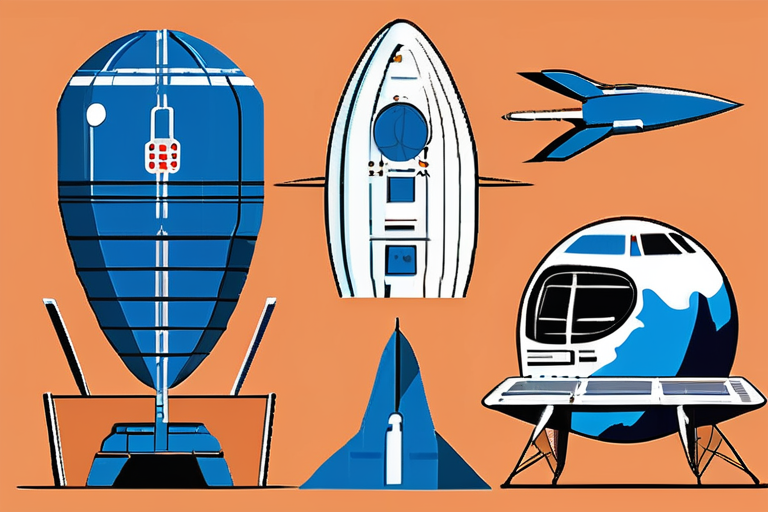
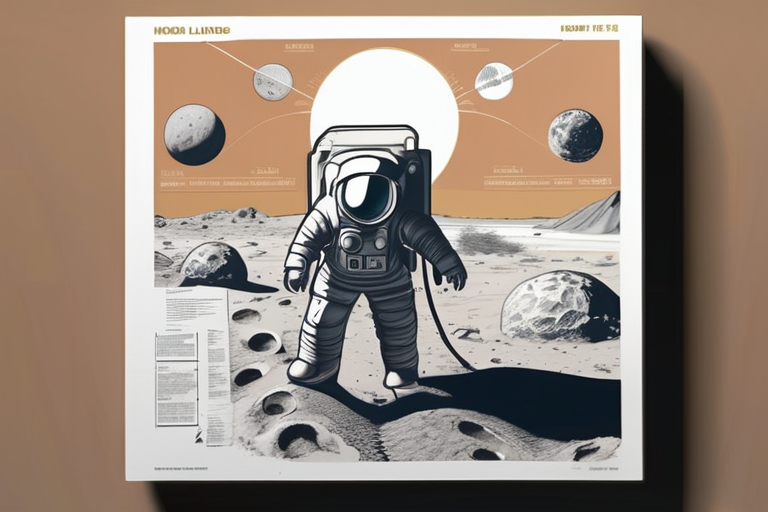

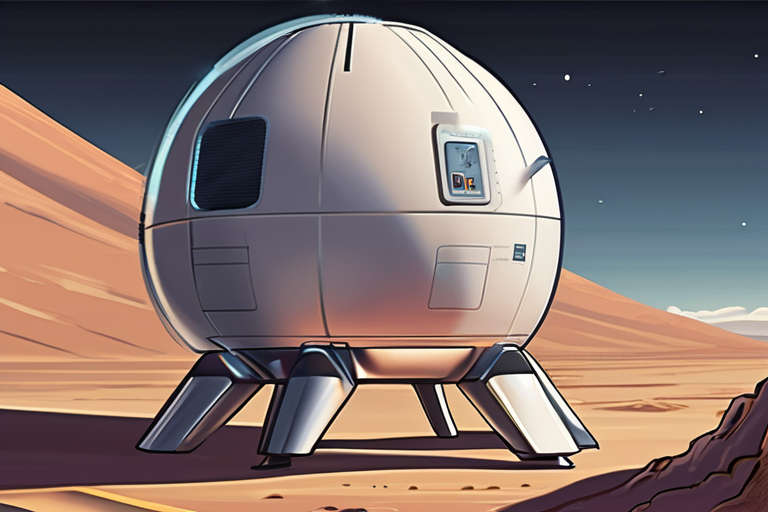
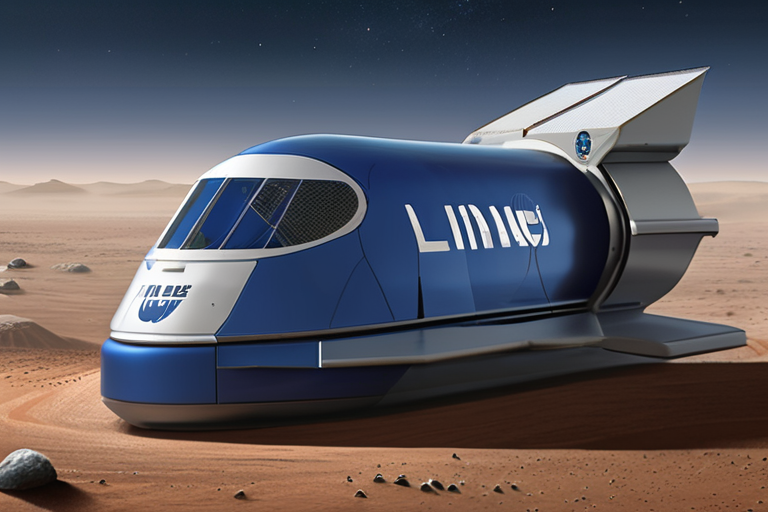

Share & Engage Share
Share this article